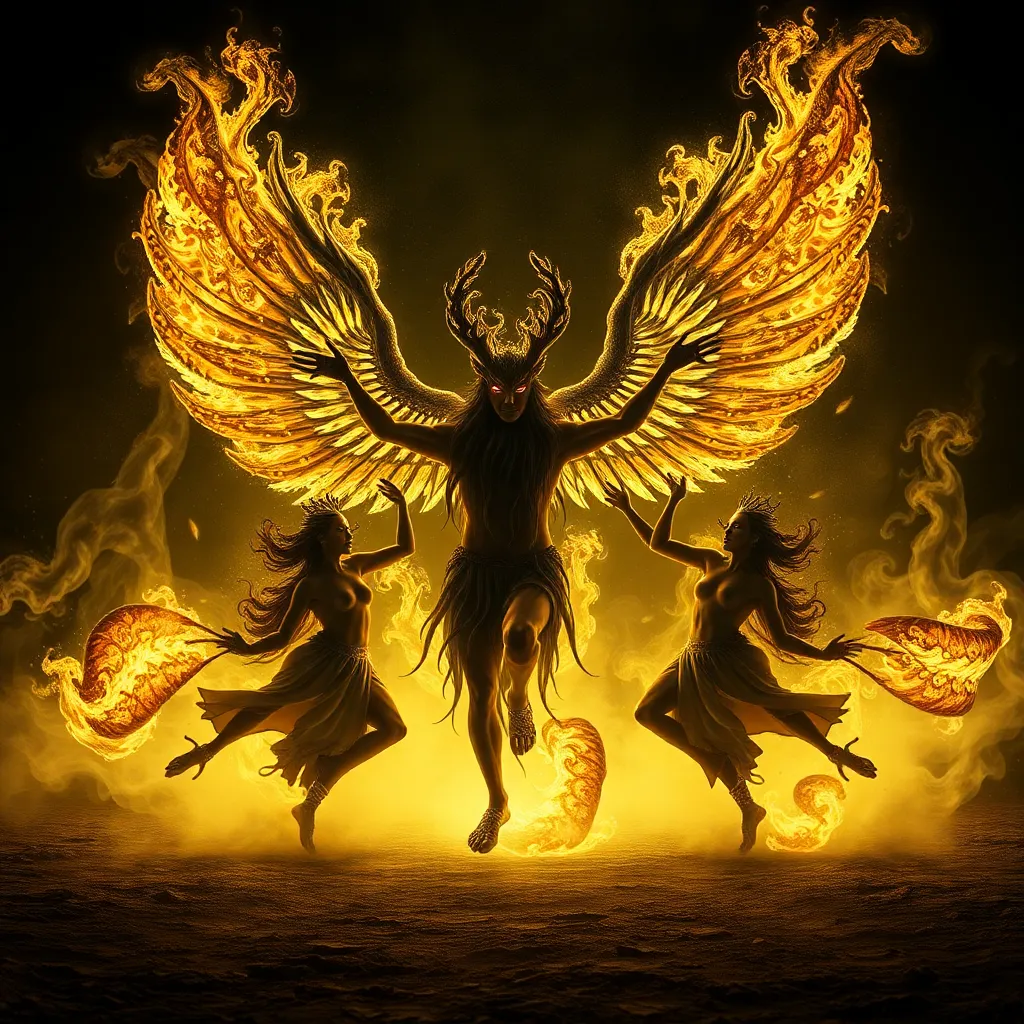The Myth of the God Khonsu in Egyptian Mythology
Who is Khonsu in Egyptian Mythology?
Khonsu is a significant deity in the ancient Egyptian pantheon. He is the god of the moon, time, and youth. Khonsu is often depicted as a hawk-headed or mummified figure, holding various symbolic objects like the crook and flail.
What is the Role of Khonsu in Egyptian Beliefs?
In Egyptian mythology, Khonsu was considered a vital deity associated with time and the lunar cycle. He played a crucial role in rejuvenation and fertility, aligning him with concepts of growth and development.
Khonsu’s Family Connections
Khonsu is believed to be the son of the god Amun and the goddess Mut in some Egyptian myths, emphasizing his royal lineage and divine heritage. This familial connection further solidified his importance among the gods and in Egyptian religious practices.
Depictions and Worship of Khonsu
Images of Khonsu often include moon discs and crescent symbols to highlight his association with lunar cycles. Additionally, many temples in ancient Egypt dedicated to Khonsu served as centers for healing, emphasizing his role as a god of health and well-being.
FAQs About the Myth of the God Khonsu in Egyptian Mythology
Who was Khonsu in Egyptian Mythology?
Khonsu was an important deity in ancient Egyptian mythology, known as the god of the moon and time. He was often depicted as a young man with a sidelock of hair, holding the crescent moon on his head.
What was Khonsu’s Role in Egyptian Mythology?
Khonsu played a significant role as a lunar deity associated with time, healing, and fertility. He was believed to have the power to protect travelers, heal the sick, and aid in the conception of children.
Which Ancient Egyptian City was Khonsu Associated With?
Khonsu was closely linked to the city of Thebes (modern-day Luxor), where he was revered in the temple of Karnak. He was part of the Theban triad along with his parents, Amun and Mut.
What Were Some of Khonsu’s Symbols and Epithets?
Khonsu was often depicted with the symbols of the flail and crook, representing kingship and dominion. He was also known by epithets such as “The Traveller,” “The Embracer,” and “The Navigator of the Celestial Barque.”



